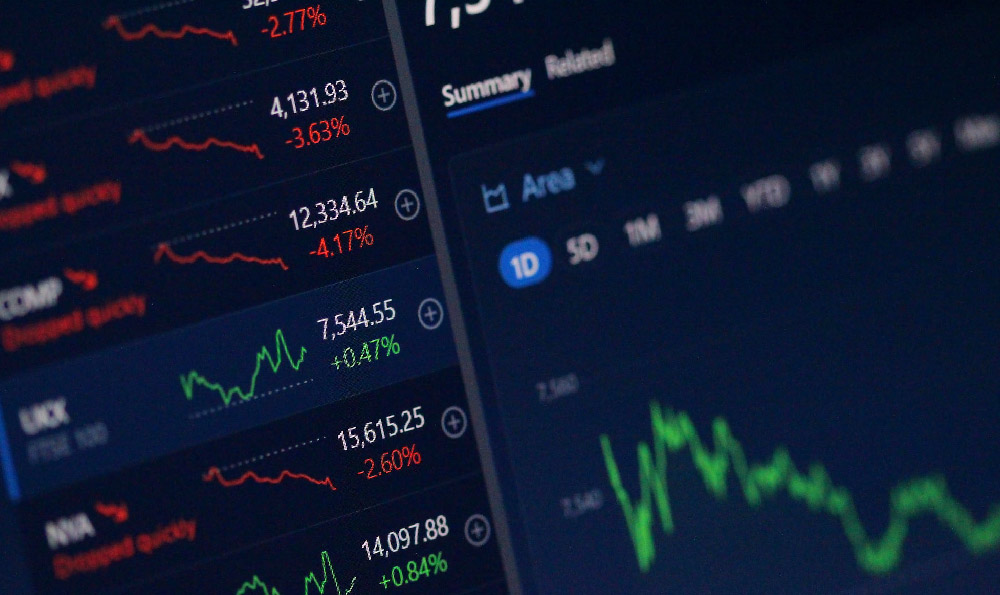
Exchange Traded Funds (ETFs) have surged in popularity as investment vehicles, offering diversification and accessibility to various asset classes. The question of whether an ETF is a "wise" investment isn't a simple yes or no. It depends entirely on your individual circumstances, investment goals, risk tolerance, and understanding of the market. Let's delve into the factors you should meticulously consider before allocating capital to ETFs.
First and foremost, understand what an ETF actually is. It's essentially a basket of securities – stocks, bonds, commodities, or even other assets – that trades on an exchange just like individual stocks. This bundled approach provides instant diversification, which can significantly reduce the impact of any single holding performing poorly. Imagine wanting to invest in the tech sector. Buying individual tech stocks can be risky; one company's downfall can decimate your investment. An ETF tracking a tech index, however, spreads your investment across numerous tech companies, mitigating the risk associated with a single firm's performance.
However, diversification isn't a magic bullet. You need to analyze the specific ETF's underlying holdings. Don't assume that because it's an ETF, it's inherently safe. Examine the fund's top holdings. Is it heavily concentrated in a few companies or sectors? This concentration can negate some of the benefits of diversification. Look at the index the ETF tracks. Is it a broad market index like the S&P 500, or a more niche index focused on a particular industry or investment style? The more specific the index, the higher the potential risk.

Expense ratios are another critical factor. These are the annual fees charged by the ETF to cover its operating expenses. While seemingly small, these fees can erode your returns over time, especially in low-growth environments. Compare the expense ratios of similar ETFs before making a decision. A seemingly identical ETF with a slightly lower expense ratio can significantly outperform its higher-fee counterpart over the long term. Consider the total expense ratio (TER) which includes management fees, administrative fees, and other operating costs.
Liquidity is also paramount. Liquidity refers to how easily you can buy or sell shares of an ETF without significantly impacting its price. ETFs that trade with high volumes and tight bid-ask spreads are generally more liquid. Illiquid ETFs can be difficult to sell quickly, and you may have to accept a lower price than you'd like. Check the average daily trading volume and the bid-ask spread before investing. A wide bid-ask spread indicates lower liquidity and can eat into your profits.
Tax implications are often overlooked, but they can significantly impact your after-tax returns. ETFs generally have lower turnover than actively managed mutual funds, which can result in lower capital gains taxes. However, it's crucial to understand how dividends and capital gains distributions are taxed. Consult with a tax advisor to determine the tax implications of investing in specific ETFs. Consider holding ETFs in tax-advantaged accounts, such as 401(k)s or IRAs, to defer or eliminate taxes on investment gains.
Furthermore, consider the underlying assets. Are you comfortable with the risks associated with those assets? For example, a commodity ETF tracking the price of oil is subject to price volatility driven by global supply and demand factors. A bond ETF is subject to interest rate risk; rising interest rates can cause bond prices to fall. Understand the specific risks associated with the underlying assets before investing. If you're risk-averse, you might prefer ETFs that track broad market indexes or invest in high-quality bonds.
Smart beta ETFs, also known as factor-based ETFs, have gained popularity in recent years. These ETFs use specific rules or criteria to select investments, aiming to outperform traditional market-cap-weighted indexes. Examples include ETFs that focus on value stocks, growth stocks, or companies with high dividend yields. While smart beta ETFs can potentially offer higher returns, they also come with increased risk. Make sure you understand the methodology used by the smart beta ETF and whether it aligns with your investment goals and risk tolerance.
Finally, align your ETF investment with your overall portfolio strategy. Don't just blindly invest in ETFs without considering how they fit into your broader financial plan. Consider your investment time horizon, risk tolerance, and other assets you hold. Are you saving for retirement in 30 years, or do you need access to your funds in the next few years? A longer time horizon allows you to take on more risk, while a shorter time horizon requires a more conservative approach. Consider rebalancing your portfolio periodically to maintain your desired asset allocation.
In conclusion, determining if an ETF is a "wise" investment necessitates a thorough evaluation of your individual circumstances and a comprehensive understanding of the ETF itself. By carefully considering factors such as diversification, expense ratios, liquidity, tax implications, underlying assets, and alignment with your overall portfolio strategy, you can make informed investment decisions and potentially achieve your financial goals while mitigating risks. Due diligence and a measured approach are key to navigating the world of ETFs and maximizing your investment success. Remember, past performance is not indicative of future results, and all investments carry risk.





